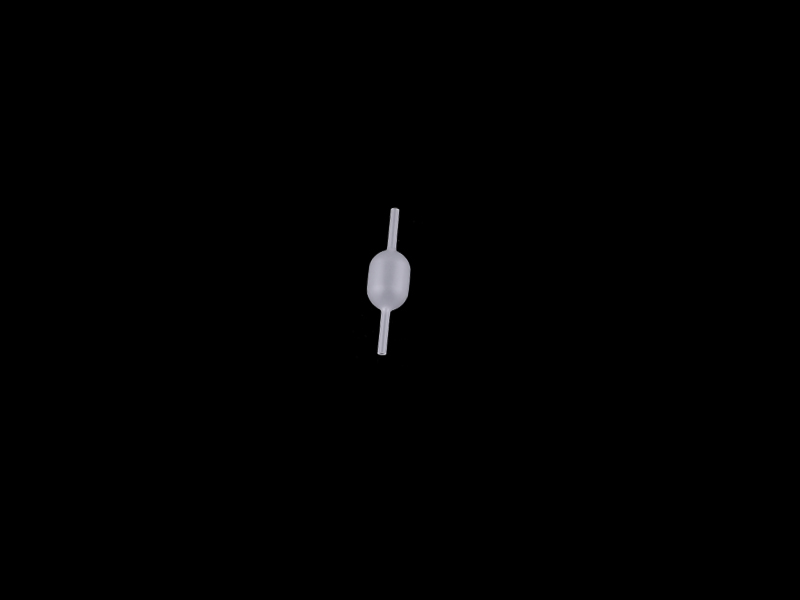

Gas discharge lamp Gas discharge lamp is a lamp made […]
Gas discharge lamp
Gas discharge lamp is a lamp made by using current to generate light through gas. The energy consumed by gas discharge lamps is only 1/2-1/3 of incandescent lamps. The spectrum of a gas discharge lamp is discontinuous, and the spectrum is related to the type of gas and the discharge conditions. By changing the composition, pressure, cathode material and discharge current of the gas, radiation can be obtained mainly in a certain spectral range. Low-pressure mercury lamps, hydrogen lamps, sodium lamps, cadmium lamps, and helium lamps are commonly used light sources in spectroscopic instruments and are collectively referred to as spectral lamps.
For example, the low-pressure mercury lamp has a radiation wavelength of 254nm and the sodium lamp has a radiation wavelength of 589nm. They are often used as a monochromatic light source for photoelectric detection instruments. If the spectrum lamp is coated with a fluorescent agent, the fluorescent agent can convert the gas discharge line to a longer wavelength due to the effect of light and coating materials. At present, the choice of fluorescent agent is very wide. The choice of fluorescent agent can make the gas The discharge emits a range of wavelengths, for example, illuminating fluorescent lamps.
Gas discharge lamp ballast
Most gas discharge lamps are made using arc discharge characteristics and have a negative resistance characteristic that the voltage decreases with increasing current. In order to stabilize the discharge, a ballast must be installed between the power supply and the discharge lamp to limit the operation of the lamp Current, to ensure that the lamp works steadily. This ballast device is usually called a ballast. The ballast is a device that makes the gas discharge lamp discharge stably.
